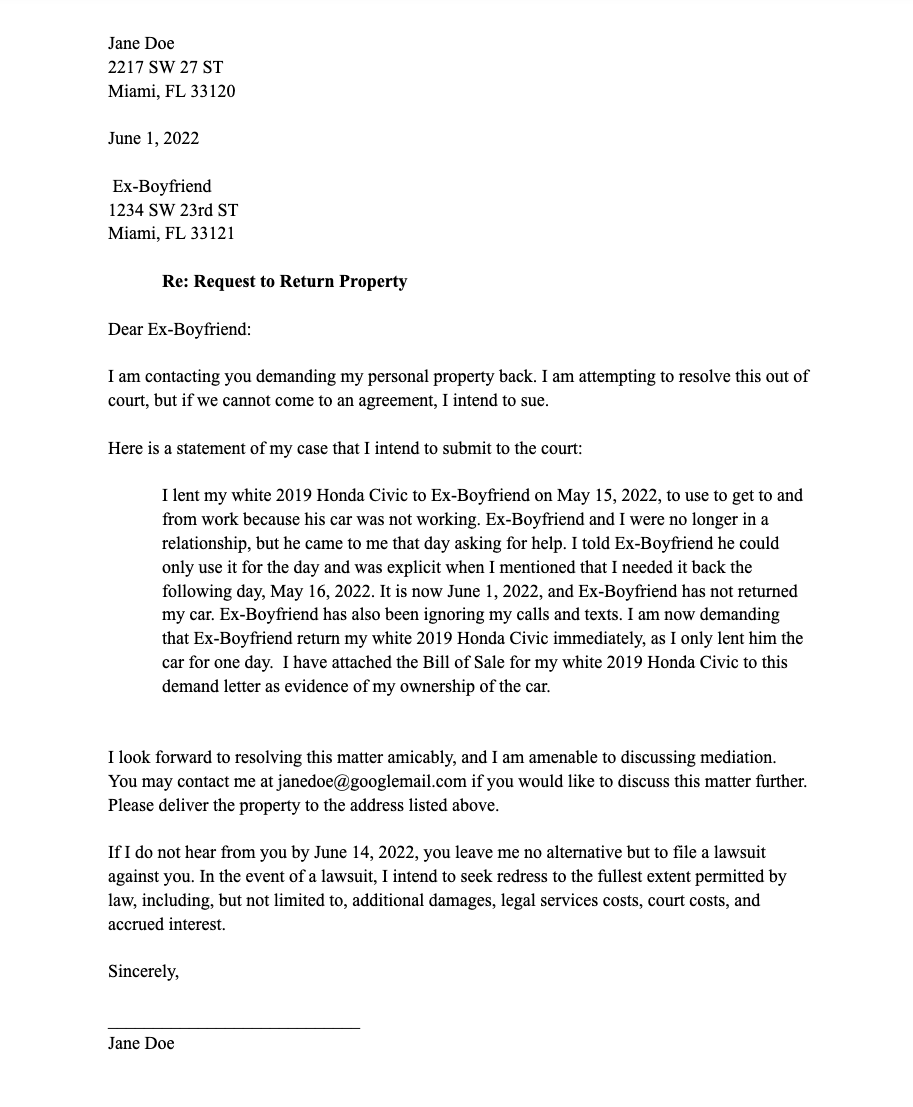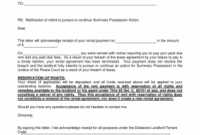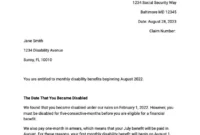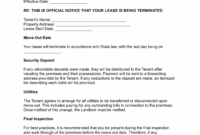We’ve all been there, haven’t we? You lend a friend a valuable book, your cousin borrows a tool you really need, or maybe a former roommate leaves some of their belongings behind, expecting you to store them indefinitely. While most people have good intentions, sometimes these situations can turn awkward, and getting your cherished items back – or having someone retrieve theirs – becomes a surprisingly difficult task. Verbal requests can often feel uncomfortable or simply go unheeded, leaving you in a tricky spot.
This is where a clear, concise, and professional letter can make all the difference. Instead of simmering in frustration or facing an uncomfortable confrontation, a well-drafted letter provides a formal and documented approach to resolving these common property disputes. It outlines your request plainly, sets expectations, and offers a path forward, making the process smoother for everyone involved.
When You Might Need a Formal Request for Property Return
There are numerous scenarios where a simple chat might not cut it, and a formal letter becomes your best course of action. Perhaps you’ve tried talking to the person multiple times, but your requests have been ignored or met with excuses. Maybe the relationship has soured, making direct communication difficult or even impossible. In these delicate situations, putting your request in writing ensures clarity and creates a record of your efforts, which can be invaluable.
Consider a situation where you’ve separated from a partner, and some shared or personally owned items remain with them. Or maybe a friend moved out of state but left a significant amount of their furniture at your place, promising to pick it up “someday.” Sometimes, it’s even about recovering sentimental items that hold more emotional value than monetary. These are precisely the moments when a structured approach, utilizing a return of personal property letter template, can provide the necessary leverage and formality to get things moving.
Furthermore, legal considerations often play a role. If a dispute escalates and you find yourself contemplating small claims court, having a documented attempt to resolve the matter amicably is usually a prerequisite. A formal letter demonstrates your good faith efforts to recover your property before resorting to legal action, strengthening your position if you ever need to pursue further steps. It clearly establishes your claim and the recipient’s awareness of it.

Ultimately, the goal is to resolve the situation without unnecessary stress or conflict. A formal letter cuts through the ambiguity and emotional entanglement that often plague these discussions. It allows both parties to understand the request clearly and provides a reasonable timeframe for resolution, helping to prevent further misunderstanding or resentment down the line.
Key Information to Include in Your Letter
- Your full name and current contact information (address, phone, email).
- The recipient’s full name and current contact information.
- A detailed and specific description of each item of personal property you are requesting. Include make, model, color, serial numbers, or any unique identifying features.
- The date or approximate date when the property was lent, left with, or came into the possession of the recipient.
- A clear and reasonable deadline by which you expect the property to be returned.
- Your preferred method for the property’s return (e.g., “Please drop it off at my address” or “I will arrange to pick it up”).
- A statement outlining any potential next steps if the property is not returned by the specified deadline (e.g., “Failure to return the items may result in further action to recover my property or its monetary value”).
- Your signature and the date the letter was written.
Crafting Your Effective Return of Personal Property Letter Template
When you’re ready to draft your letter, the tone you adopt is crucial. While you want to be firm and clear about your expectations, it’s generally best to maintain a polite and professional demeanor. Avoid accusatory language or emotional outbursts, as these can provoke defensiveness and hinder cooperation. The aim is to achieve a resolution, not to escalate conflict. A calm, factual presentation of your request is far more likely to yield the desired results.
Being incredibly specific about the items you want returned cannot be overstated. “My tools” is too vague; “The red Craftsman socket wrench set, model number XXXX, which I lent you on June 15th, 2023” is much more effective. This level of detail removes any doubt about what you are referring to and prevents the recipient from claiming they didn’t know which items you meant. The more descriptive you are, the less room there is for misinterpretation or evasion.
Once your letter is perfectly worded, consider how you will deliver it. For maximum effectiveness and to create a verifiable record, sending the letter via certified mail with a return receipt requested is highly recommended. This provides proof that the letter was sent and received, along with the date of delivery. In some cases, you might also choose to send a copy via regular mail and email, ensuring multiple avenues of communication.
Remember, a return of personal property letter template isn’t just about making a request; it’s about establishing a clear record. Always keep a copy of the letter for your personal files, along with any delivery confirmations. This documentation will be invaluable if the situation isn’t resolved amicably and further steps become necessary. It shows diligence on your part and provides concrete evidence of your attempts to recover your property.
Finally, think about the practicalities of the return. Can you offer flexible options for pickup or drop-off? Sometimes, making the process as easy as possible for the other party can significantly increase the chances of a swift resolution. Clearly outlining these options in your letter can remove potential excuses and encourage cooperation, demonstrating your commitment to a smooth recovery of your belongings.
Having a clear, well-documented request for your belongings can truly alleviate a lot of unnecessary stress and potential conflict. It provides a structured way to address awkward situations, allowing both parties to understand the expectations and work towards a resolution without emotional entanglement. Taking the time to prepare such a letter can prevent lingering resentment and protect your valuable items.
Ultimately, approaching these matters with a blend of firmness and professionalism often yields the best outcomes. By clearly communicating your needs and establishing a documented record, you empower yourself to resolve property disputes efficiently, preserving relationships where possible and protecting your interests when necessary. It’s about being prepared and proactive, ensuring your property finds its way back home.



